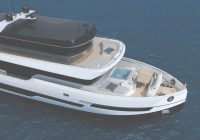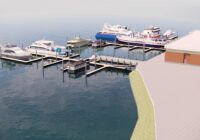Boating trips don’t always go to script, with factors such as sudden weather changes, hidden reefs, collisions, equipment failures and human fallibility all potentially bringing crews unstuck and keeping insurance and salvage teams on their toes.
In one recent case, a runabout had submerged at its marina berth at Rushcutters Bay, Sydney Harbour. Salvage operations were authorised quickly by Club Marine Insurance, a crew was on site within an hour, and the stricken runabout was refloated and towed away shortly afterwards.
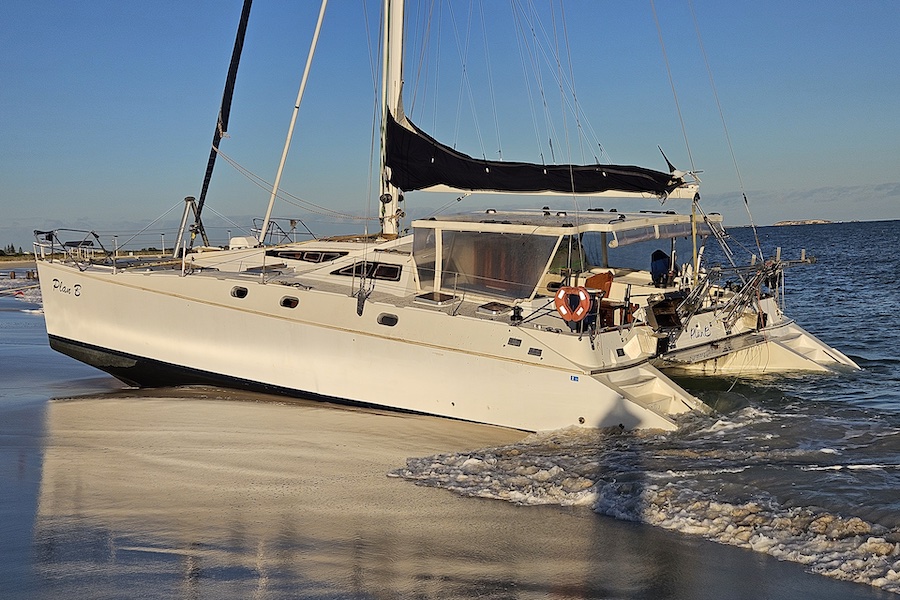
The rapidly-coordinated response was greatly appreciated by the Member, marina management and maritime authorities alike as it minimised both the environmental impact and risk of further deterioration of the craft.
Similarly, in Western Australia, two major salvage operations were efficiently undertaken within environmentally sensitive Marine Park zones. Both involved cruising multihulls, one being destroyed on rocks and the other being irrevocably beached and requiring demolition to remove.
“With Club Marine, we get to do what we need to do without 500 questions, mainly about cost – we get it done the most efficient way we can, and Club Marine accepts that,” salvage expert John Gray, from Perth-based Complete Marine Consulting, noted. “From our experience Club Marine is industry leading in how it responds in the real moments of need”.
Salvage responsibilities
Salvage protocols aren’t always so clear-cut among the different marine insurers, with significant implications for boat owners where the insurer defers responsibility and cost burdens for salvage to their policy holder. If a vessel is unable to be assessed, such as after a non-recoverable sinking, there may also be deliberations as to whether the incident constituted an insured event.
Club Marine’s claim staff and assessors understand that prompt approvals help salvors to expediently recover or remove craft that have grounded, foundered or been significantly damaged, avoiding delays that may exacerbate the operation’s cost, complexity and impact.
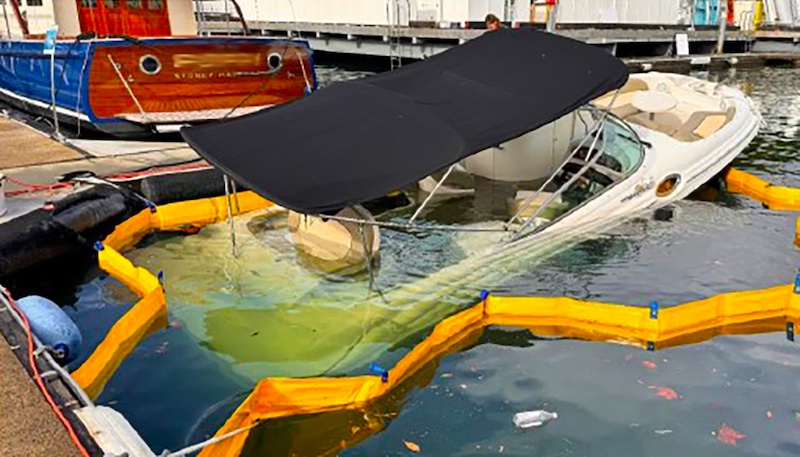
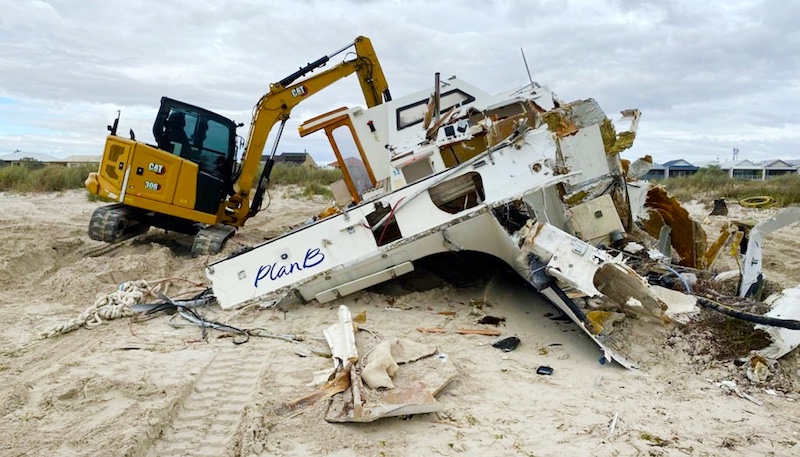
“Incidents can happen anywhere, at any time, so boat owners should clearly understand how their insurance covers them, especially financially, in the event of a salvage operation,” Sue Deeble, Club Marine Technical Manager, advises.
“In Club Marine’s case, we approve the deployment of a salvaging crew in all cases and pay the cost up to the insured amount – as well as covering the boat itself. These aspects are spelled out in our Product Disclosure Statement issued with each new and renewed policy.”
The vessel’s Agreed or Market Value (called Section 1 limit) is fully covered, as are repairs if the vessel isn’t written off. Additionally, salvage costs will also be borne up to the Section 1 limit, although Club Marine may later seek to recover the salvage amount if the incident falls outside the policy coverage.
To give an example, a boat insured for a market value of $200,000 is covered to that value, PLUS salvaging expenses will be paid up to $200,000 – total exposure, therefore, is $400,000.
For more information, visit Club Marine website HERE
In an on-water emergency or a life-threatening situation, contact rescue authorities or phone 000. For more information on salvaging, consult Club Marine’s policy document or call 1300 002 582.






